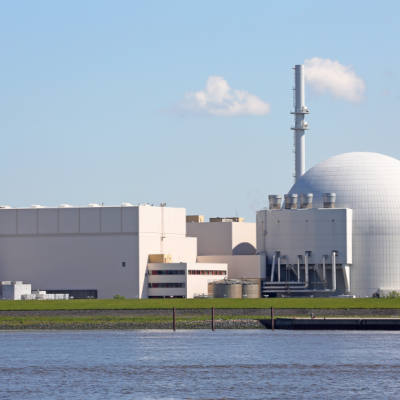In a breakthrough development, researchers at the Karlsruhe Institute of Technology (KIT) have developed highly efficient photoreactor panels that can produce hydrogen, synthetic gas, or synthetic fuels on rooftops. The modular system is optimized for cost-effective mass production, making it a promising solution for combating climate change. The technology is based on artificial photosynthesis, where a photokatalytic material absorbs photons and uses the energy to drive a chemical reaction. While such technologies have been developed before, they were too expensive for industrial use. However, the new photoreactor panels are designed to be affordable and can be installed on a large scale, such as on rooftops and in solar parks.
The photoreactor panels are based on an efficient reactor concept that includes an optimized photokatalyst and a photoreactor, which is a container for the photokatalyst and the reactants. The photoreactor should ideally direct sunlight to the photokatalyst with minimal loss, regardless of the direction or position of the sun. The reactor is made of specially microstructured polymer plates coated with aluminum to improve reflectivity. This design ensures optimal operating conditions for the photokatalyst and effective light transfer throughout the day. The researchers have successfully demonstrated the system in the laboratory and developed a general guideline for optimizing photoreactor modules for various applications.
To make the technology economically viable, extensive areas equipped with photoreactor panels are required. The researchers have used cost-effective materials and geometries that can be produced using established mass production methods to reduce costs. Based on initial calculations, the cost of the photoreactor module is estimated to be around 22 euros per square meter. The technology has the potential to produce green hydrogen and E-fuels on a large scale, making fossil fuels redundant and contributing to the fight against climate change.
In conclusion, the development of highly efficient photoreactor panels is a significant breakthrough in the field of artificial photosynthesis. The technology has the potential to produce green hydrogen and E-fuels on a large scale, making it a promising solution for combating climate change. The modular system is optimized for cost-effective mass production, making it affordable and suitable for installation on a large scale. While extensive areas equipped with photoreactor panels are required to make the technology economically viable, the researchers have used cost-effective materials and geometries that can be produced using established mass production methods to reduce costs.










